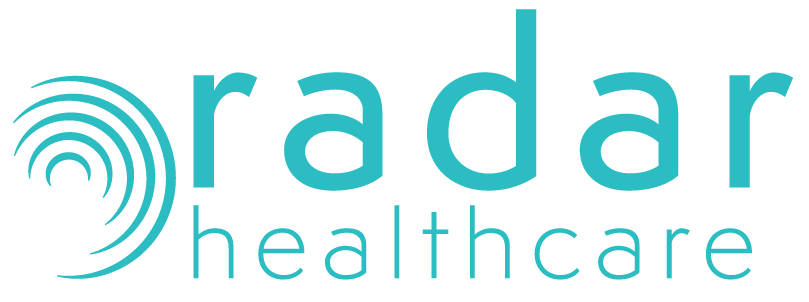Reading time 2 mins
Introduction
- Managing roles and permissions effectively is crucial for the smooth operation of your Radar Healthcare system. This guide will help you consider core roles, map permissions, and ensure a seamless transition when updating roles.
Process
-
Identify Core Roles
-
Determine the essential roles needed for your Radar Healthcare system.
-
Consider the permissions required at different levels of access within your hierarchy.
-
Aim to keep the list of roles to a minimum.
-
-
Map Roles to Permissions
-
Use this document to plan roles and permissions before implementation.
-
Consider treating this document as a master for changes between Staging and Live environments.
-
Review the roles and permissions against your organisation's usage of Radar to ensure all interactions are covered.
-
-
Integration Considerations
-
Be mindful of integration options when creating users via automated processes.
-
Ensure automated role creation does not undermine your role management strategy.
-
Decide whether to assign a basic role automatically and manually assign additional roles as needed.
-
-
Transition Period
-
Build new roles in Staging, test them, then build in Live.
-
Assign new roles before removing old ones from user’s records to ensure a smooth transition.
-
-
Removing Old Roles
-
It is not possible to delete roles assigned to users or used in requirements or workflows. Please remove roles from both live users and when applying an end date when archiving a user, and check your system set-up to remove roles from requirements and workflows.
-
Finally delete all permissions off a role to enable the role to be deleted.
-
-
Workforce Compliance (WFC)
-
Add new roles before removing old ones in your assignments.
-
Check for any in-progress tasks that may be affected.
-
Recommendations
-
Avoid Using Job Titles: Using job titles can create too many roles and permissions to manage effectively. Focus on system roles instead.
-
Identify Radar Roles Based on Interaction, such as:
-
Basic User: Can report events, view documents, etc. (activities everyone can do).
-
Location Manager: Can view information and be assigned activities for their location.
-
Event Assignee: Dedicated to picking up certain events, allowing for quick in-system changes.
-
Event Alerts: No permissions needed, but you can assign who gets what alerts.
-
Regional Manager: Can view and report on information across their region and act as an escalation point.
-
High-level Manager: Can view and report on information across the whole organisation.
-
Radar Super User: Full access and responsibility for managing features across the platform.
-
-
Build Permissions via multiple Roles, such as:
-
All users have basic permissions via a basic universal role.
-
Managers have additional permissions like Location Manager.
-
Some roles don’t need permissions such as alert based roles.
-

